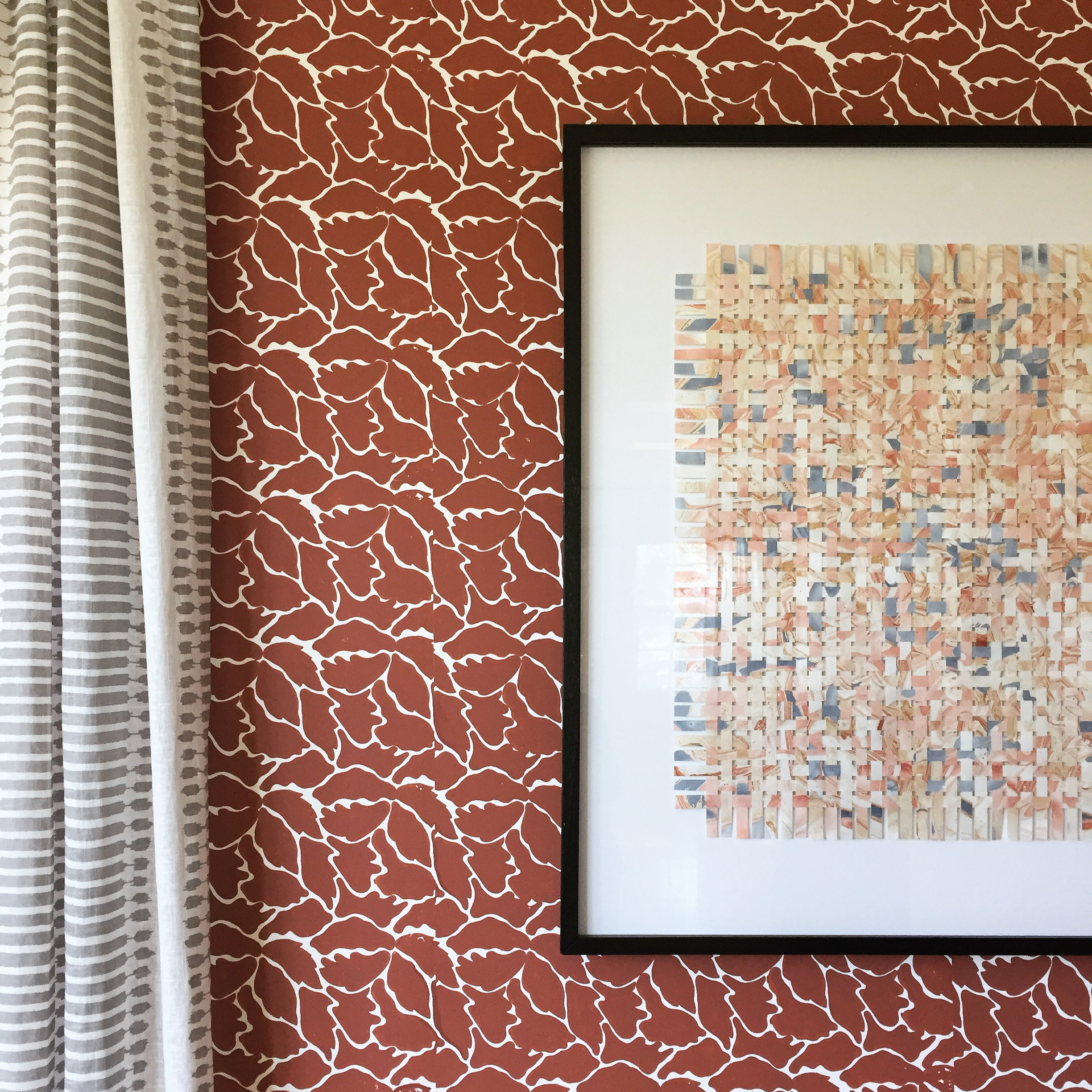When embarking on a redecorating or remodeling project, one question will undoubtedly surface: What about the walls? While paint can easily and affordably add color to a room, wallcoverings can offer colors — and then some: textures, patterns, protection, durability, longevity, and more. Understanding the various attributes of different wallcovering types can help homeowners and designers achieve desired aesthetics while also standing up to years of wear and tear.
Location matters when seeking durability

Because fabric-backed vinyl is heavy, it’s also a good choice for high-traffic areas like hallways and stairways. These areas are susceptible to hard knocks by kids and pets or when moving furniture. Pattern options are more limited with fabric-backed vinyl because it’s tricky to print much detail onto its thick surface. So this wallcovering usually boasts a simple monochromatic pattern, rich texture, or flattering imitation of a natural material like grass cloth.
In lighter-traffic areas like bedrooms and offices, paper-backed vinyl features the durability needed for such living spaces. In addition, it offers a wider selection of creative prints and patterns. This is because the vinyl sheets are printed first and then applied to pulp-based layers underneath. They are as washable and low-maintenance as their fabric-backed counterparts but not designed to withstand frequently humid conditions.
Durability and affordability?

As with any substantial home improvement, expert wallpaper installation can help ensure the beauty and lasting performance of vinyl wallcoverings. A professional wallcovering installer who is experienced at working with fabric and paper-backed vinyl will know the proper steps required for priming walls before application. They will also be skilled at creating tight seams that not only look flawless but are necessary for proper moisture resistance.
 Wallcoverings can and should do a lot more than cover walls: They should protect walls while simultaneously transforming rooms into alluring spaces. Locate and consult with a professional wallcovering installer. Learn more about your durable wallcovering options and expert installation by using the Wallcovering Installers Association (WIA) Find an Installer tool.
Wallcoverings can and should do a lot more than cover walls: They should protect walls while simultaneously transforming rooms into alluring spaces. Locate and consult with a professional wallcovering installer. Learn more about your durable wallcovering options and expert installation by using the Wallcovering Installers Association (WIA) Find an Installer tool.



